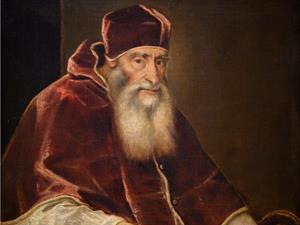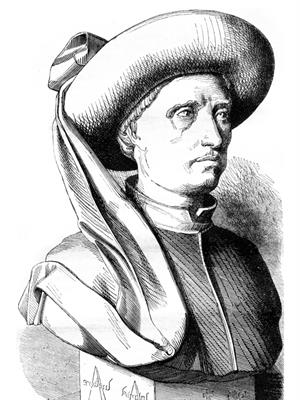
PUMPA - SMART LEARNING
எங்கள் ஆசிரியர்களுடன் 1-ஆன்-1 ஆலோசனை நேரத்தைப் பெறுங்கள். டாப்பர் ஆவதற்கு நாங்கள் பயிற்சி அளிப்போம்
Book Free DemoThe Catholic Counter-Reformation:
The Catholic Church was severely attacked by the rising new ideologues of Luther and his followers, who established a new dominant order against Christianity named the “Protestants”.
To counter the forces of Protestants and regain the lost glory, the Catholic Church implemented some reforms that the historians termed as the “Counter-Reformation”.
The Agenda of Counter-Reformation brought changes in the areas of:
- Ecclesiastical Structure of the Church.
- Corruption among the Catholic officials.
- Prohibition in the selling of Indulgences.
- Redefining the structures and doctrines of the Church.
- Keeping a check on the Political functions of the Church.
The Role of Pope Paul \(III\) \((1534 – 1549)\)

Pope Paul III
The Counter-reformation agenda of the Catholic Church was taken forward by Pope Paul III, who played an Instrumental role in shaping the course of the Catholic Church.
Pope Paul III: He authorised the Society of Jesus in the year \(1540\). He was also known for establishing the Roman Inquisition in \(1542\).
The Council of Trent:
The Council of Trent was established by Pope Paul III in \(1545\), who formed a commission of cardinals to structure the institutional reforms, solve the contentious issues and the financial mishandlings of the Catholic Church.
St. Ignatius: St. Ignatius of Loyola was a 16th Century Roman Catholic reformer who was also the “founder of the Society of Jesus” in \(1534\) in Paris. It took up educational activities and proliferated Roman Catholic principles across the world.
The Council also upheld that only the Church is authorised to interpret the scriptures of Christianity. It also further emphasised the importance of Ceremonies, rituals and the mass.
The Age of Seafarers:
The Seafaring activities of the Sailors took Place simultaneously when the other part of Europe was facing a tussle between the Catholics and the Protestants.
The \(15^{th}\) and the \(16^{th}\) Century of European history are also known as the “Age of Discovery” among historians. Many reasons aided Seafaring's idea among the explorers; some are listed below.
- The dominance of Ottoman Turks, who blocked the valuable trade routes of East Asia.
- Arabian hegemony on the coasts of India controlled the entire spice market of Asia and Europe.
- The Scientific spirit exhibited by the Renaissance kindled expertise in various subjects like Geography and landscapes.

Henry the Navigator
- The art of Shipbuilding reached its zenith along with the discoveries of Seafaring instruments like the Mariner’s compass and Astrolabe.
- Travel accounts of Niccolo Conti, Ibn Batuta and Marco polo rekindled the enthusiasm among the Europeans regarding the east.
Henry The Navigator
He was a Portugal explorer whose expeditions set the wave of Seafaring trials, which earned him the Sobriquet “The Navigator”. His expedition landed him in Azores Island and Madeira. Henry’s ambitious project was to explore the lands of the Western African Coast. Henry died in the year \(1460\).
Reference:
Pope Paul III : Adam Jan Figel Shutterstock